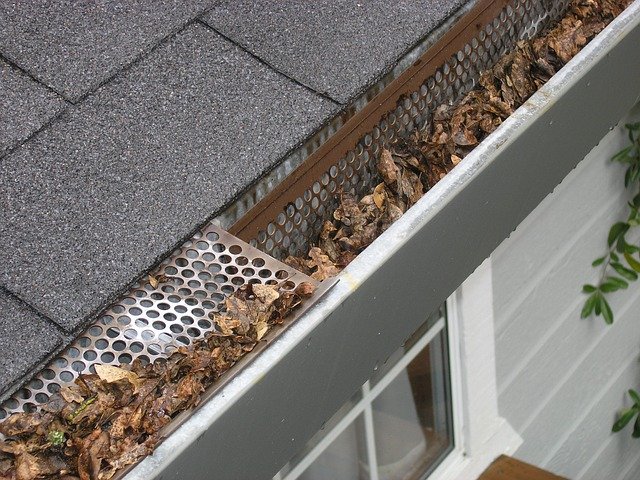The gutters on your home, though they largely go unnoticed, play an integral role in combatting the weathering effects of rain. If your gutter system is not functioning properly, rainwater can create some serious issues that may require a hefty investment to fix, so it’s very important to ensure they perform optimally. You can always maintain it clean by getting a roof gutter cleaning contractor or you can take care of it all by yourself.
The gutters are the main components of your house’s guttering system. They collect the rainwater from your roof and channel it away from your house. When the rainwater doesn’t drain properly, your roof could rot and become an inviting home for pests or insects. If left unchecked, this situation could lead to a huge health risk as it could cause the clogging of your drains. In turn, it may also lead to structural damage or even structural failure of your roof.
If you notice that your gutters are getting clogged, you need to get them replaced in time to avoid severe damage. It’s always best to get a professional to install your gutters. You can always contact experts in gutter replacement Sydney or anywhere you’re based.
Signs For Gutter Replacement
Gutters are designed to work with the drainage system of your home, but some gutters are not as strong and can collapse if they are not properly maintained. Thus, it’s best that you have ample knowledge of the proper maintenance procedures to ensure that your gutters are properly functioning.
Here are the tell-tale signs that could help you detect if your gutter needs replacing.
1. Gutters Are Getting Rusty
Gutters, especially if they’re older, are often very rusty-looking. Rust can severely weaken your gutters and even cause them to collapse. To save money, you can contact suppliers to find out how much it will cost to have your gutters replaced. If they’re too expensive, you can call around to ask for referrals.
2. You Notice Runoff Water
If you have rainwater running off your roof, it’s probably because your rain gutters are backed up. This will damage the roof, which will eventually lead to water damage to your house. When your gutters are clogged, the water won’t drain properly, and this will cause more problems.
3. You Have Leaking Gutters
Sometimes, gutter leaks are so small you can barely notice them. But if you see a few leaks, then it could be time to get a new gutter installed. Leaky gutters can cause structural damage to your home. Thus, if you notice any leaks at all, contact your gutter experts immediately.
4. Having A Leaky Roof
One sure sign that you should get your gutter replaced is the presence of a leaky roof, which you may see when the rains are heavy. The most significant sign you should look for is any moisture building up on the roof, whether it’s coming from your gutters or leaking down through the siding or the ground.
If you have a good roof, you won’t see any water. But if you have a poorly constructed roof, you will notice that moisture is collecting inside of it. Even the smallest leak from your gutters could make your roof leak, and you should know that this is a sign you need to get your guttering repaired.
5. You Notice Saggy Gutters
If your gutters are starting to sag and split, it’s definitely the best time to consider replacing them. No matter how small or thin the damage you’ll see, remember that it will only become a bigger problem over time if you leave it for too long.
A reason for having sagging gutters is too much rain or too much snow. Thus, before the rainy season or winter starts, you might want to have gutter repair professionals over to inspect your guttering system. That way, they could troubleshoot before the bad weather starts. It will also be harder to do repairs during the inclement weather season.
However, if cost is your main reason for delaying repairs, remember that you don’t have to pay an arm and a leg to replace your gutters. With a little research, you can find many low-cost solutions that will work quickly and inexpensively to repair your gutters and restore their strength.

